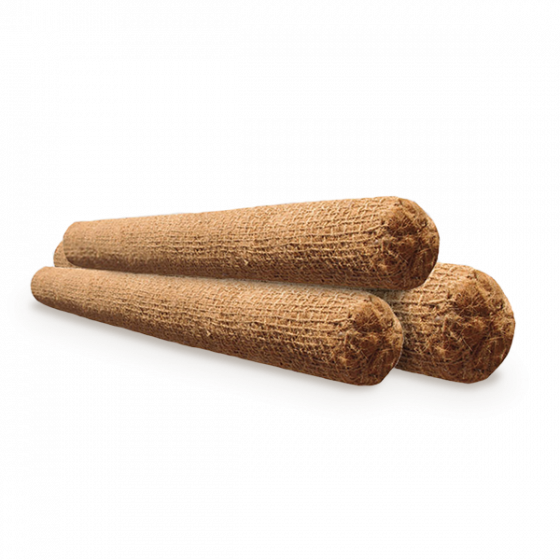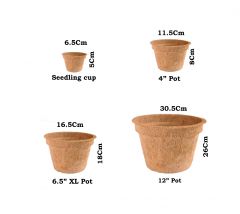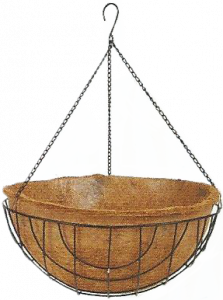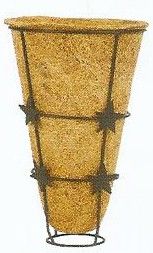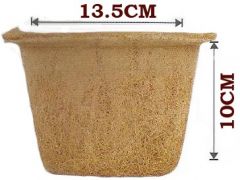coir logs
Coir logs are made of interwoven coconut fibers that are bound together with biodegradable netting. Coir logs come in various lengths and diameters. Standard design of the coir log features strong, coir twine outer netting that surrounds a mixture of mattress coconut coir. The coir logs are widely used in stream banks, wetlands and uplands. They provide initial physical protection to the site while vegetation becomes established and natural protection takes over. The logs act as a substrate for plant growth once the log decay process starts and protects native and newly installed plants growing adjacent to the log. Logs are designed with a typical lifespan of anywhere from 2 to 5 years. Coconut Coir Logs are a completely biodegradable erosion control option for hills, banks; Coir Logs are ideal for constructing check structures, managing changes in stream flow velocity, shaping channels and stabilizing shorelines, and other erosion prone areas. Easy to place, use, and install, these logs create a natural control area that helps establish growth and control erosion. Logs have been effectively used in restoration projects, slope and channel stabilization, stream and river bank stabilization, wetland construction, dams, detention ponds, highway and rail embankments, mining operations and landfills, ski slopes and ski lift tracks, pipelines, high altitude planting reservoirs and construction job sites.
Features of Coir Logs
- coconut fiber logs
- Interior: Coir Fiber
- Exterior: Coir Twine
- Diameters: 9, 12, 16 or 20 inches
- Net Features a Tubular 2" x 2" Design
Benefits of Coir Fiber Rolls
- coir fiber rolls
- Biodegradable
- Multiple Logs Can be Joined Together via Coir Twine
- High Strength Materials
- Resistant to Water Flows and Small Waves
- Helps Provide a Durable Barrier
- Creates an Area for Vegetation to Grow

